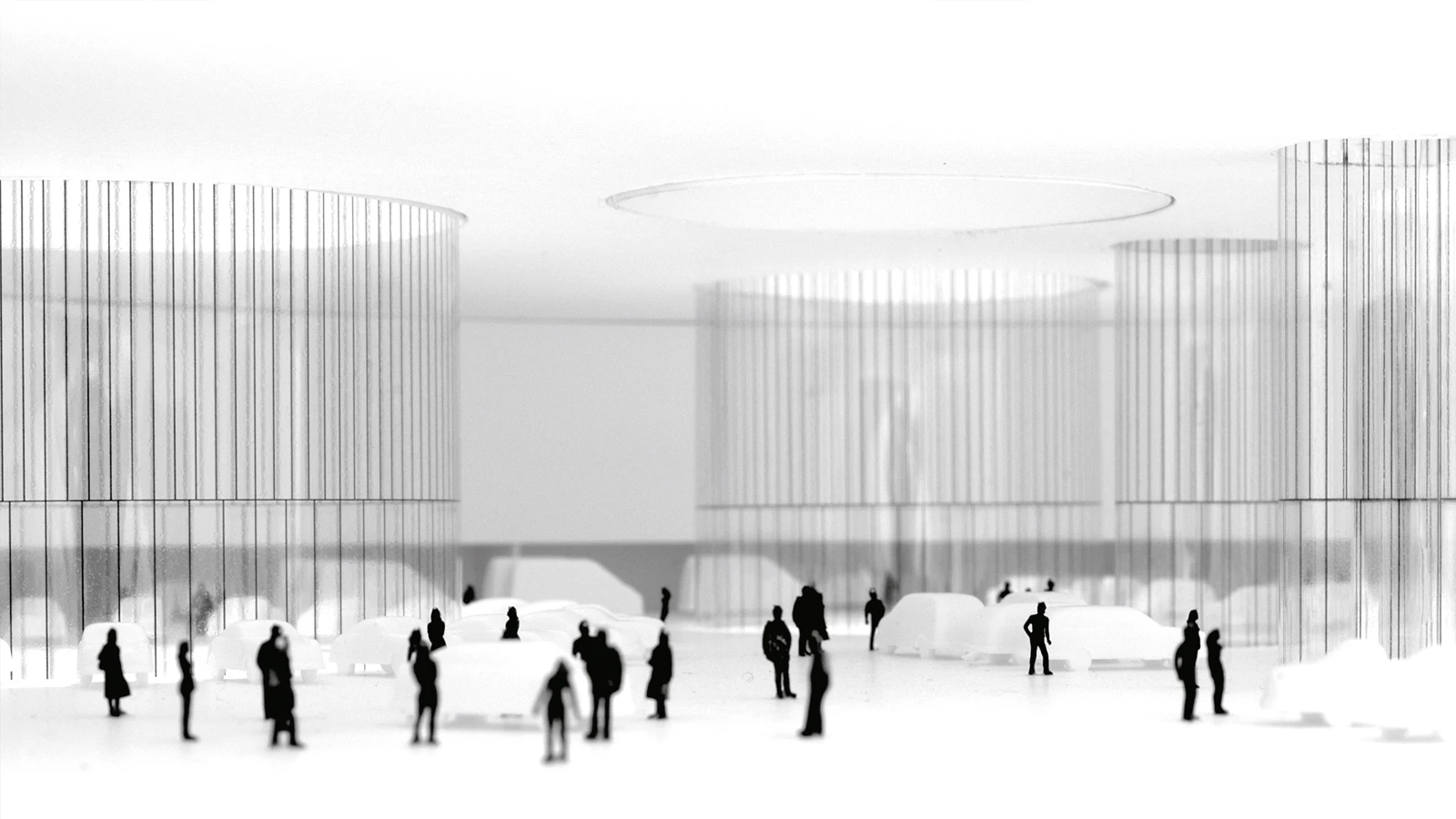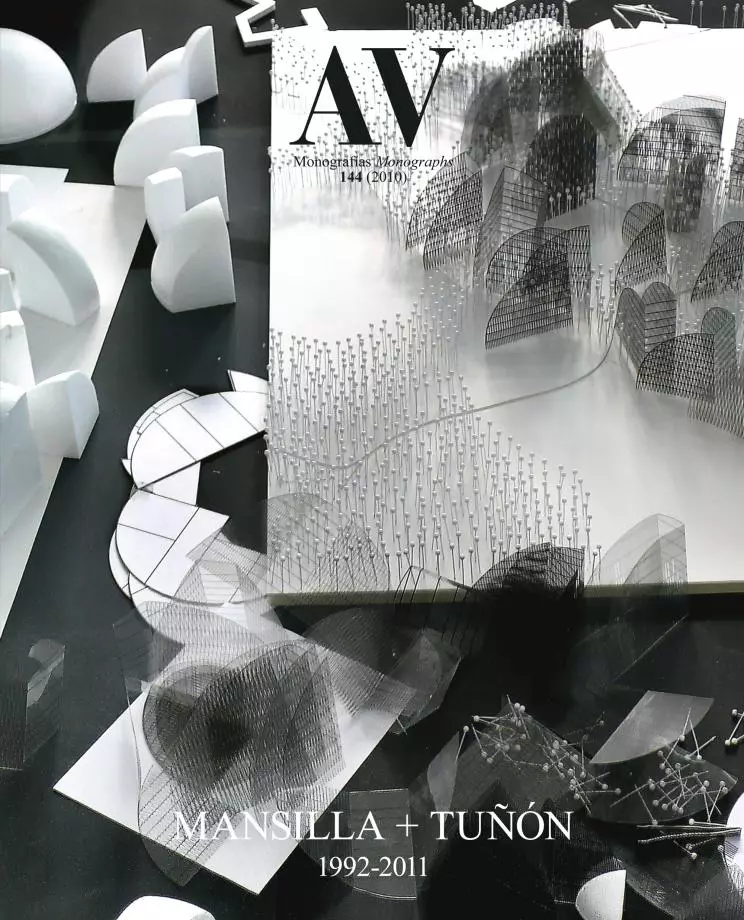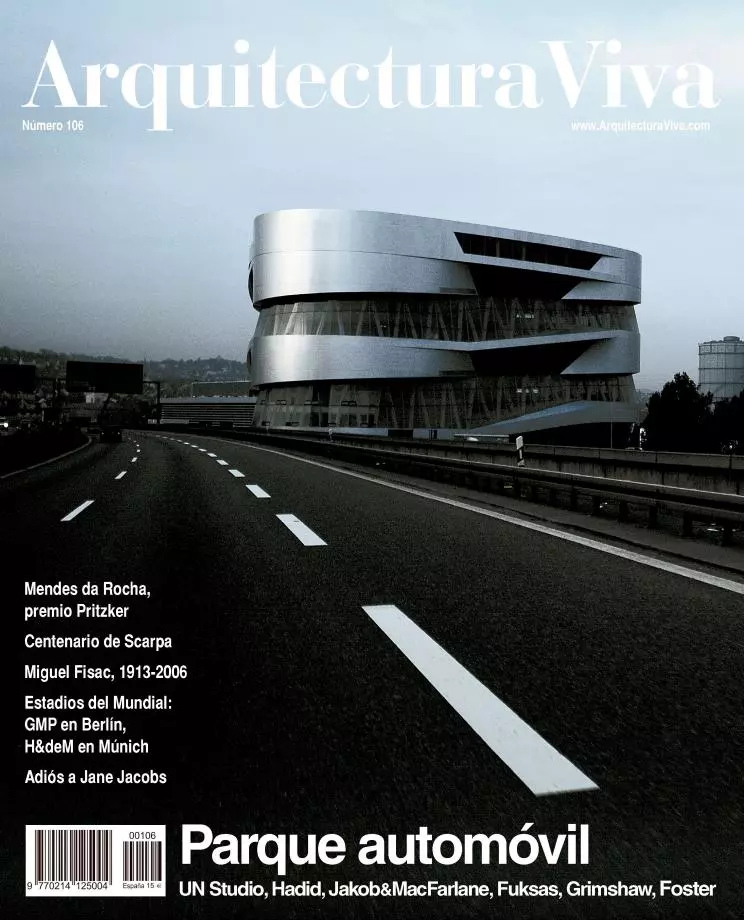Museum of Automotion, Torrejón de la Calzada
Mansilla + Tuñón- Type Museum Culture / Leisure
- Date 2006
- City Torrejón de la Calzada (Madrid)
- Country Spain
The Automotion Museum is to be located on a piece of land delimited by the old and the new highway that connects Madrid and Toledo, and by an old drovers’ road. The Varahondas stream crosses the plot, of some 60,000 square meters, dividing it into two lots of some 30.000 square meters. It is the northern sector, adjacent to the old Toledo highway, that serves as site for the museum.
The mandatory setbacks from the motorway defined a roughly triangular area into which a cylindrical volume was inserted; a circle tangent to the delimiting paths, which establishes an optimum relationship between built mass and open space, establishing links with the place. Its form and large size try to establish relationships with traditional types, reinterpreting the Roman circus and its predecessor, the coliseum. But, at the same time, due to its position in the landscape, it will evoke the large medieval Castilian fortresses: castles and towers. The fortified nature of the building arises also from its relationship with the environment. Thus, the building is wrapped in a massive metalwork structure, an introspective wall that allows visitors to devote their attention to the museum contents, and that makes the building recognizable from the transportation infrastructures surrounding it; a fortress pierced by round skylights, whose arrangement in plan will define a machine-oriented space around the cars of the Barreiros collection. The exhibition space is the result of volumetric perforation based on a simple system of homothetic repetition of the cylinder, generating, because of the size of the container, a single free-flowing space, a chained sequence of different zones connected by the interstitial spaces between cylindrical light wells. These courtyards establish a visual cross-connection among the different strata of the building.
The facade consists of ‘ashlars’ made with the recycled remains of the objects on display inside the building: car bodyworks, which, at the end of their useful lives, and after having the engine and other recoverable parts removed, will be cleaned and crushed to become an essential part of the cladding of a building. The use of compacted cars to build the facade not only entails applying an element aimed to stimulate visitors’ memories, but represents a proactive attitude towards the recycling process, the creative reuse of discards.
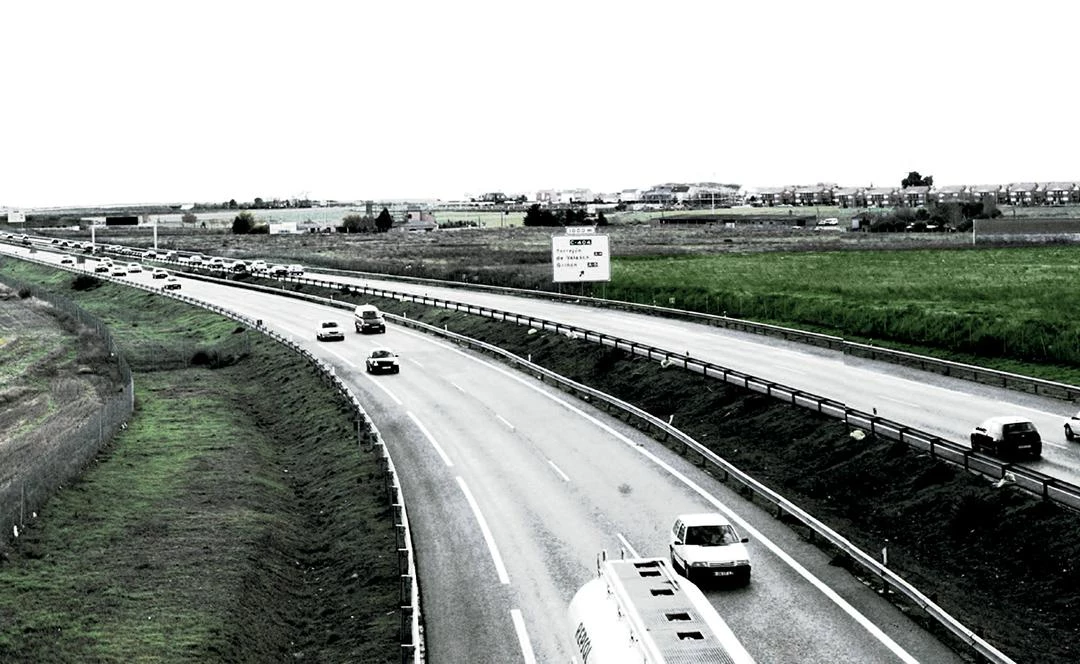
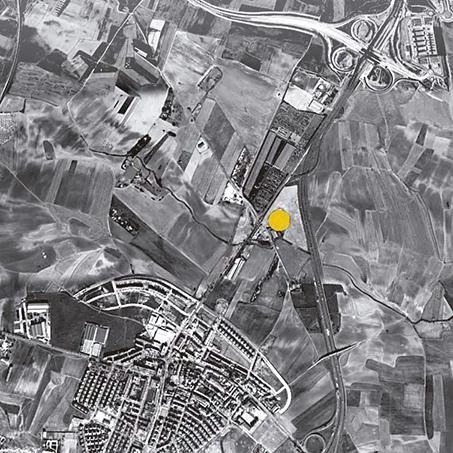
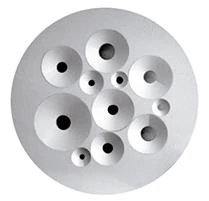
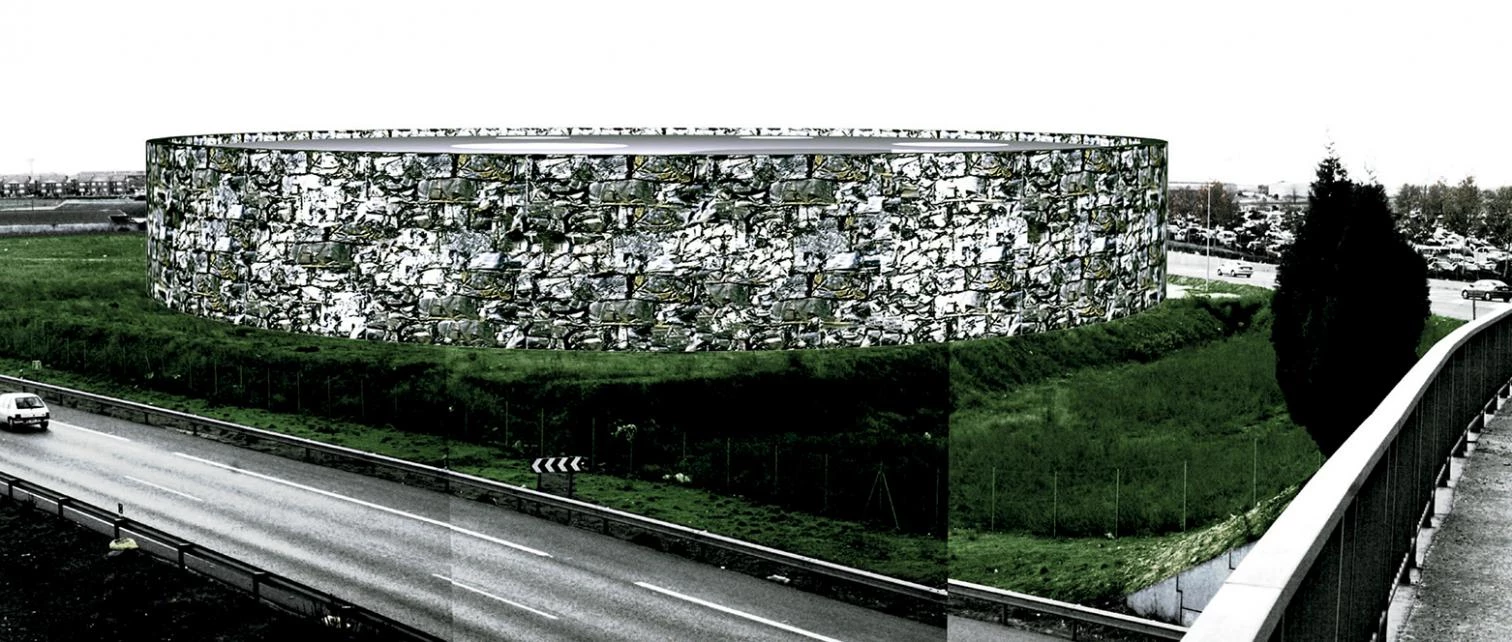
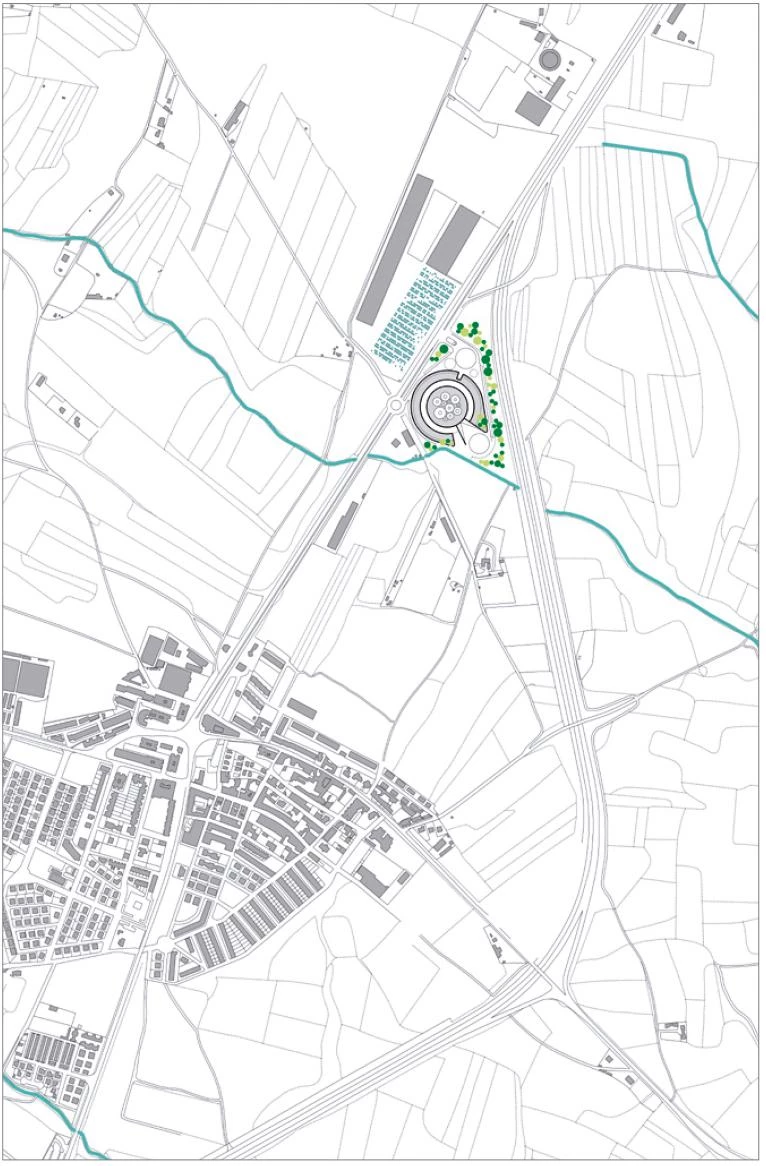
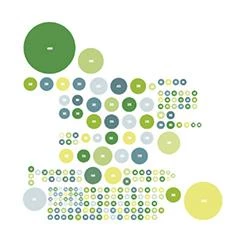
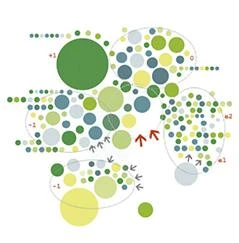
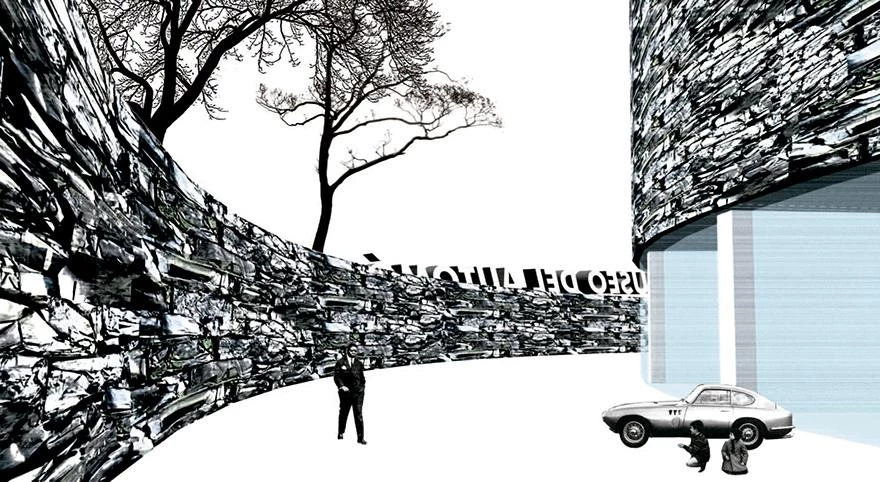
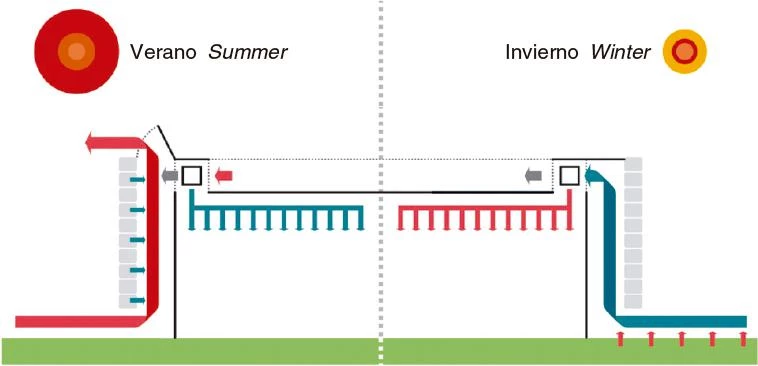
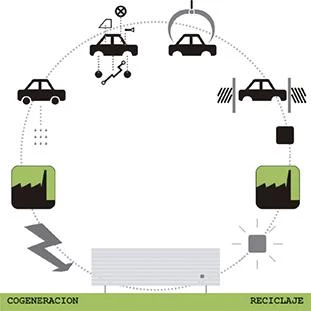
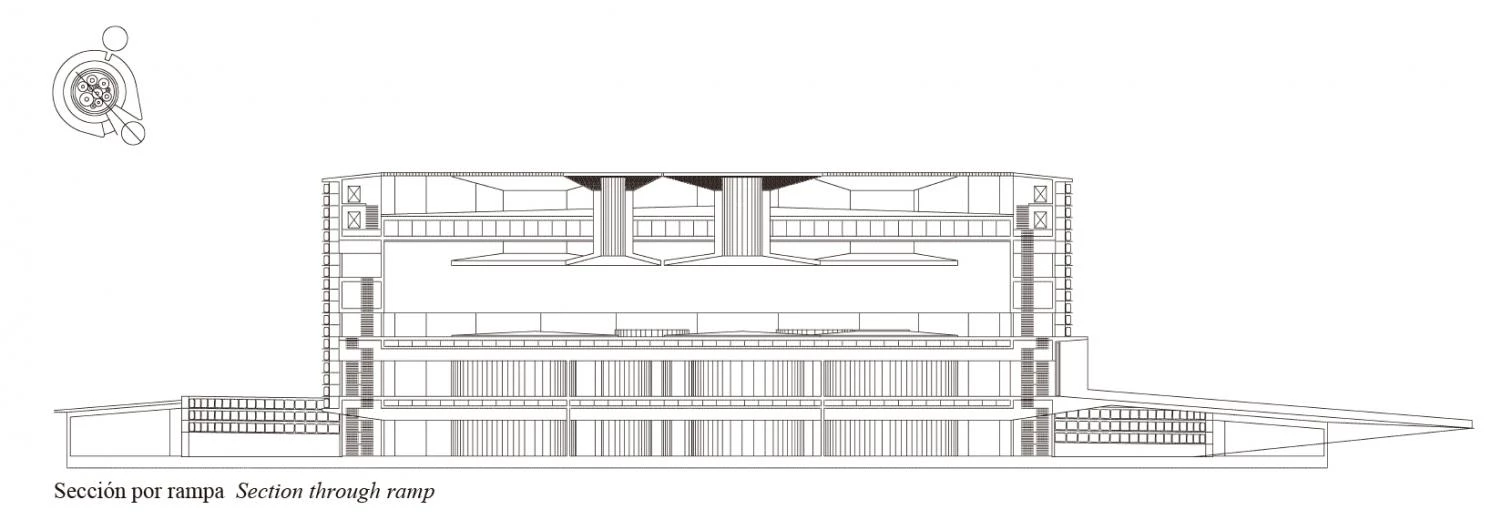

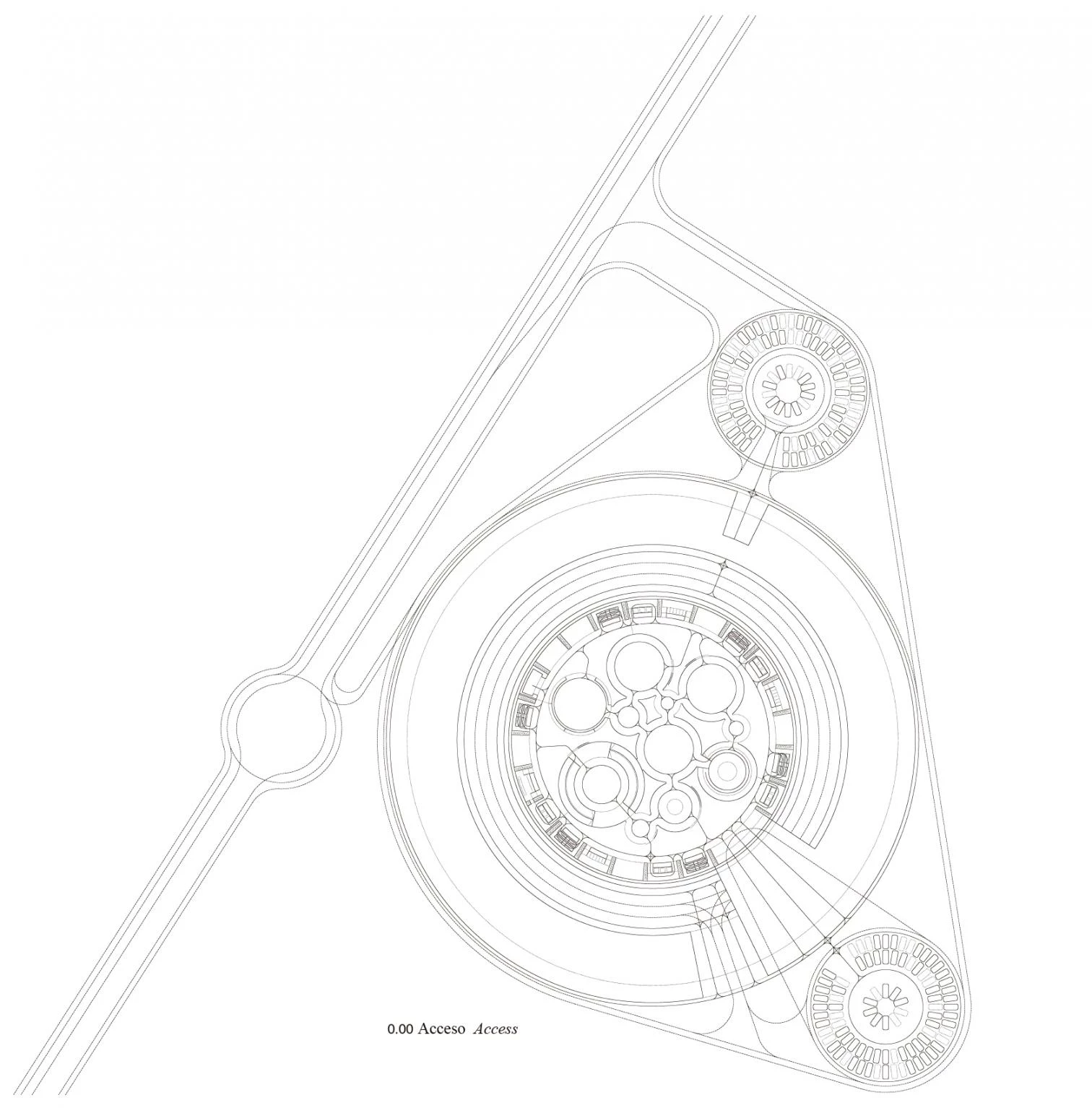
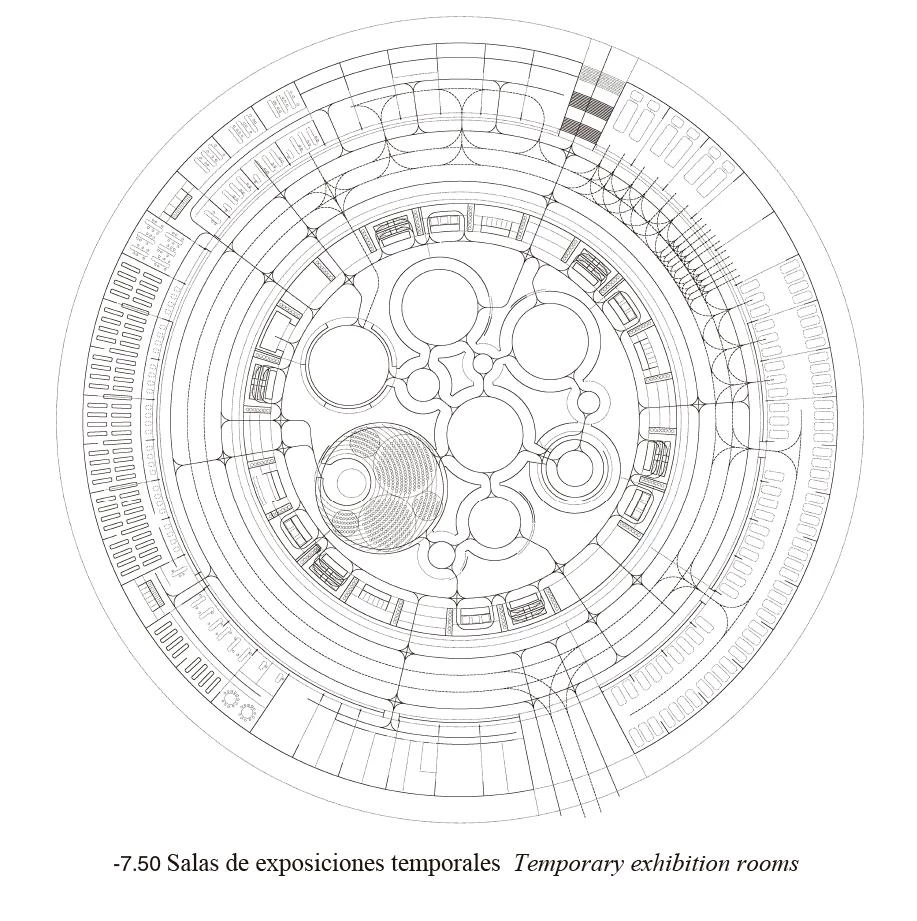
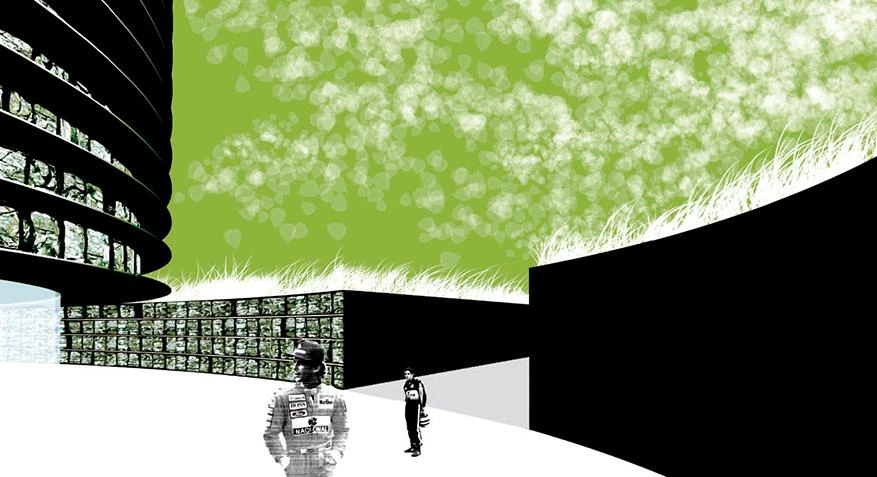
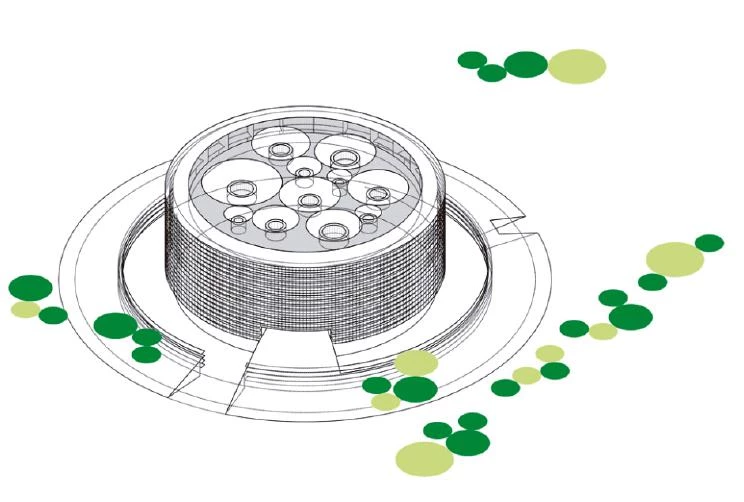

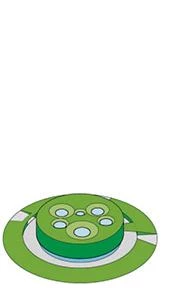
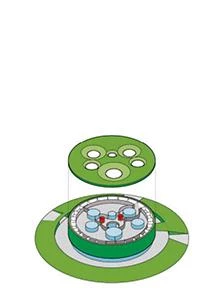
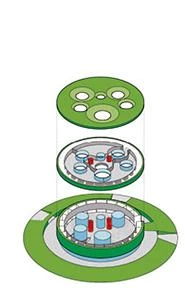
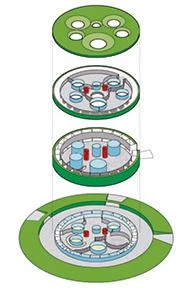
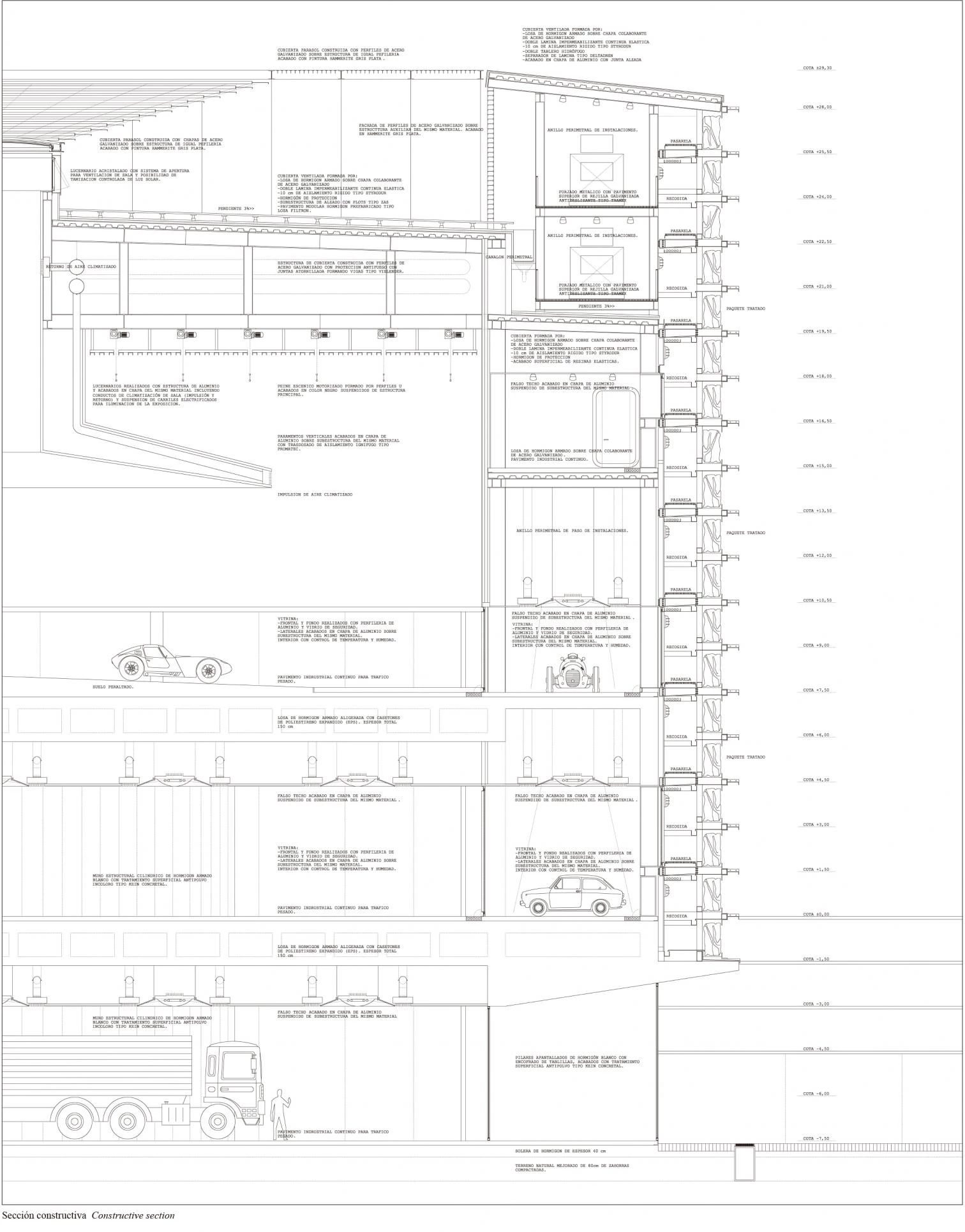
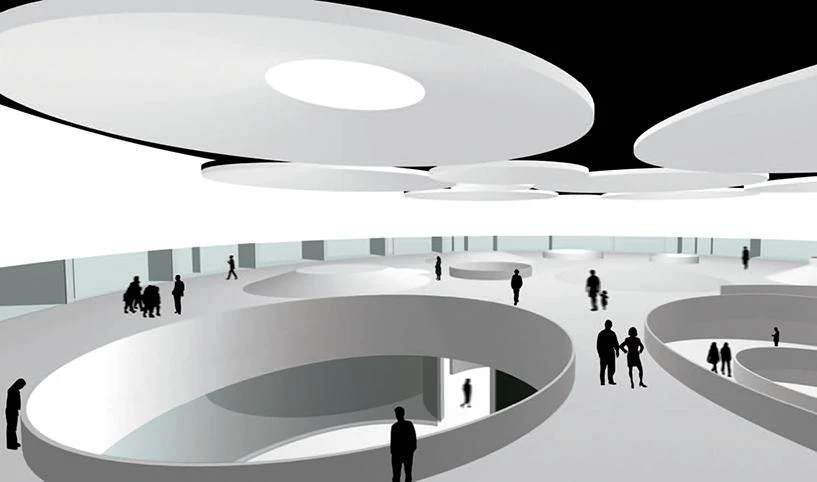
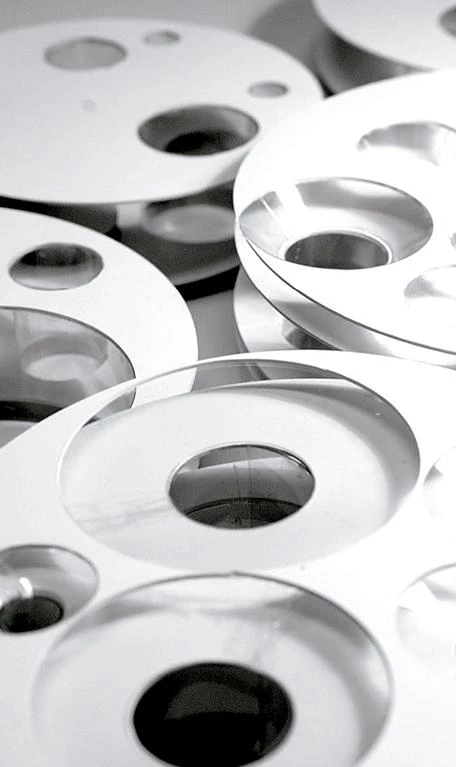
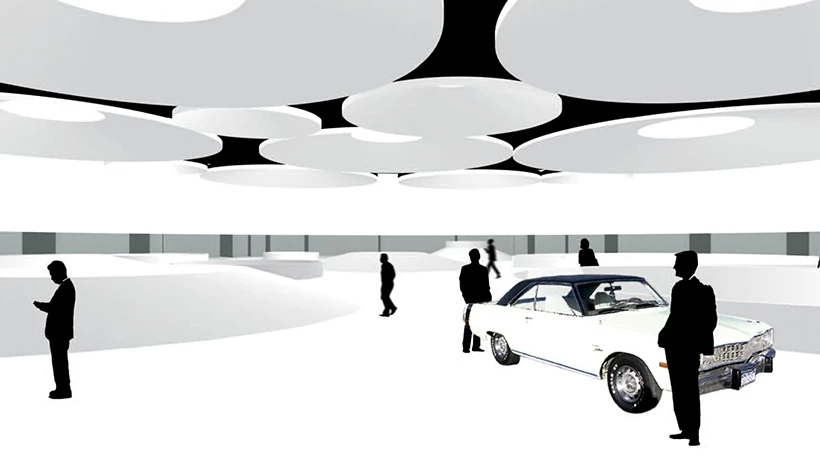
Cliente Client
Fundación Barreiros
Arquitectos Architects
Luis M. Mansilla, Emilio Tuñón
Colaboradores Collaborators
Andrés Regueiro, Carlos Martínez de Albornoz, Carlos Brage, Marceline Ruckstuhl, Ignacio Peydro, Ana del Arenal, María Langarita, João Leitão, Jorge López, Elke Gmyrek, Rubén Arend, Bryony Roberts
Consultores Consultants
J.G. Ingenieros (instalaciones mechanical engineering); Alfonso Gómez Gaite (estructuras structural engineering); Grupo Entorno (fachada facade)

